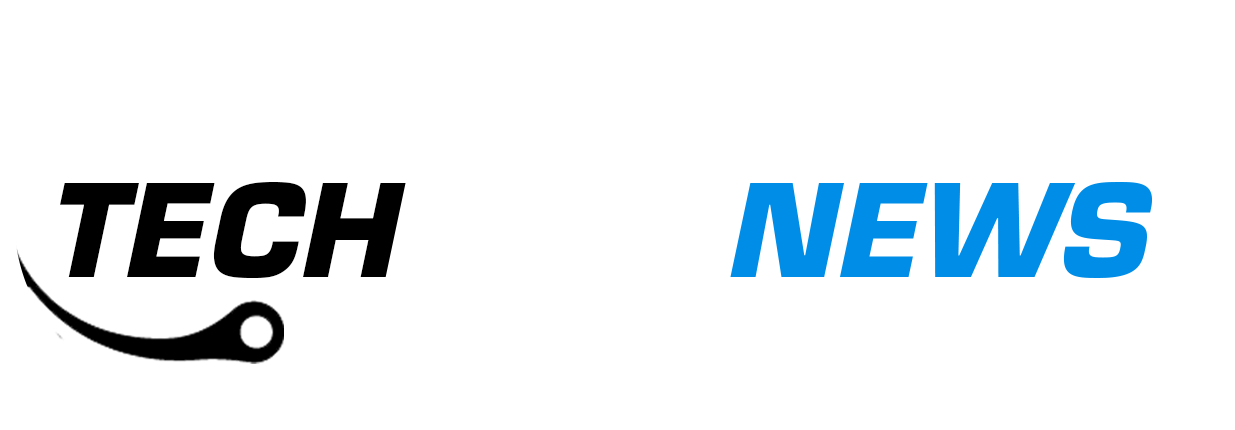A paper published by the Institute of Risk Management (IRM) has concluded that Bitcoin can catalyze the energy transition and lead to new solutions for energy challenges worldwide.
The paper, titled “Bitcoin and the Energy Transition: From Risk to Opportunity,” was written by IRM Energy and Renewables Group members Dylan Campbell and Alexander Larsen. It argues that while Bitcoin is often perceived as a risk because of its energy consumption, it can also play a positive role in the development of a more sustainable energy future.
One of the key findings of the paper is that Bitcoin mining can reduce global emissions by up to 8% by 2030. This can be done by converting the world’s wasted methane emissions into less harmful emissions. The paper cites a theoretical case saying that using captured methane to power Bitcoin mining operations can reduce the amount of methane vented into the atmosphere.
Another opportunity for Bitcoin to contribute to the energy sector is through energy efficiency through electricity grid management. Bitcoin miners can use excess energy from the grid, which can help to reduce the need for fossil fuel-powered power plants. Additionally, Bitcoin miners can transfer heat from their operations to greenhouses, which can help to reduce heating costs.
The paper also notes that Bitcoin can help to accelerate the adoption of renewable energy sources. Bitcoin mining operations can be located in remote areas where there is access to abundant renewable energy, such as solar and wind power. This can help to create new jobs and economic opportunities in these areas.
Overall, the IRM paper provides a more balanced view of Bitcoin by showing the potential benefits that it can bring to the energy industry. The paper concludes that “Bitcoin can be the catalyst to a cleaner, more energy-abundant future for all.”
Additional Information
It is important to note that the IRM paper is not without its critics. Some experts have argued that the paper overstates the potential benefits of Bitcoin and understates the environmental impact of Bitcoin mining. However, the paper provides a valuable starting point for a more nuanced discussion about the role of Bitcoin in the energy transition.
It is also worth noting that the Bitcoin mining industry is still relatively young and evolving rapidly. As the industry matures, it is possible that new and more efficient ways to mine Bitcoin will be developed. This could further reduce the environmental impact of Bitcoin mining.
Overall, the IRM paper provides a thought-provoking perspective on the potential role of Bitcoin in the energy transition. It is important to continue to research and discuss this topic in order to develop a better understanding of the risks and opportunities that Bitcoin presents.












